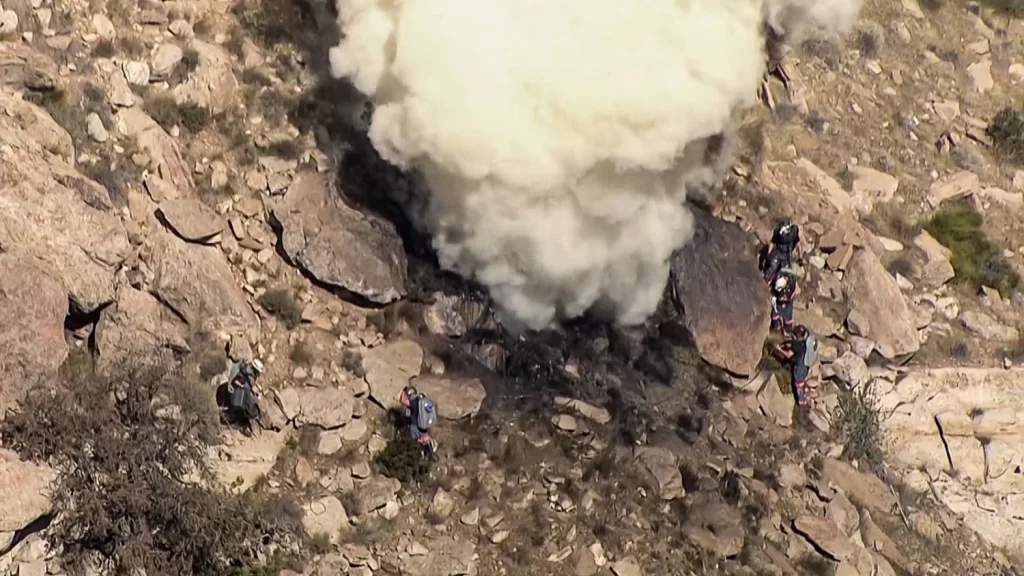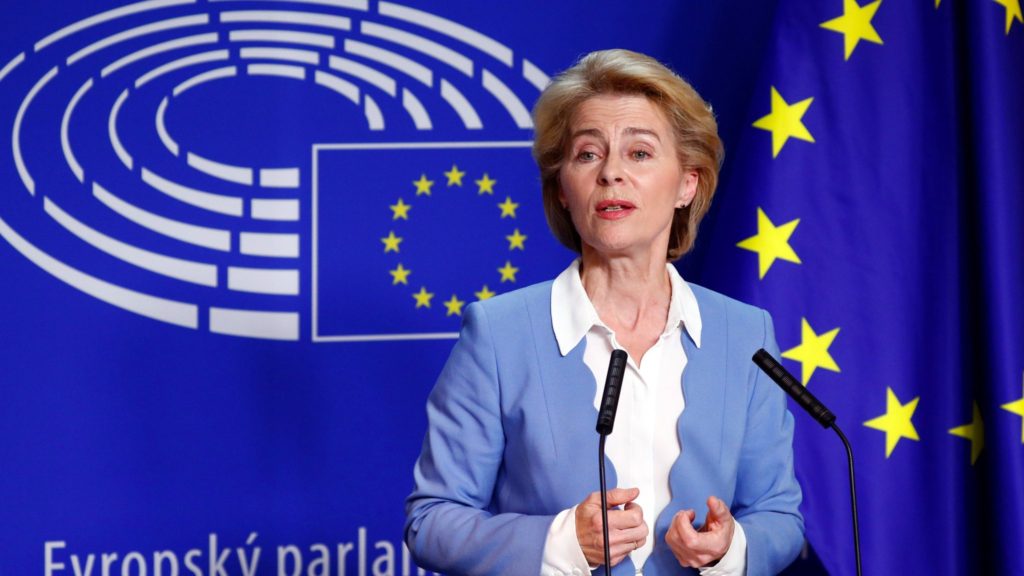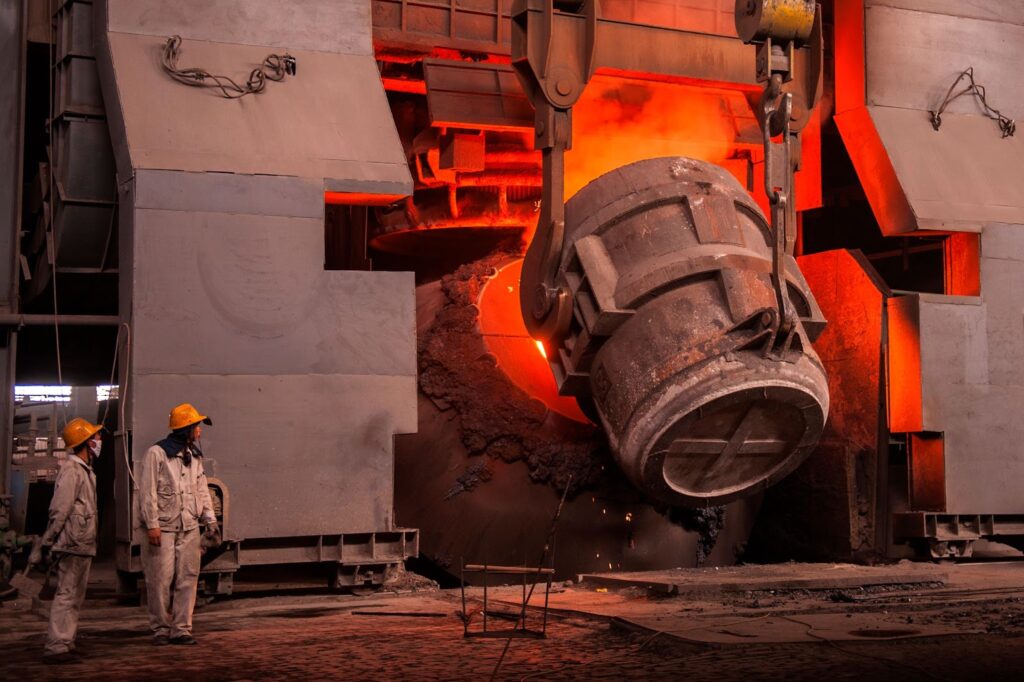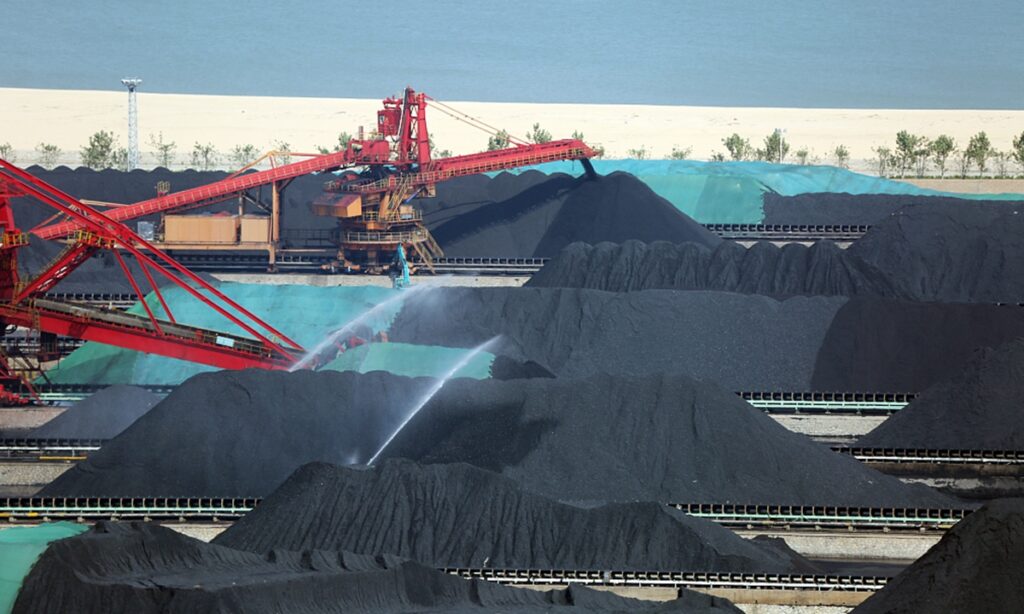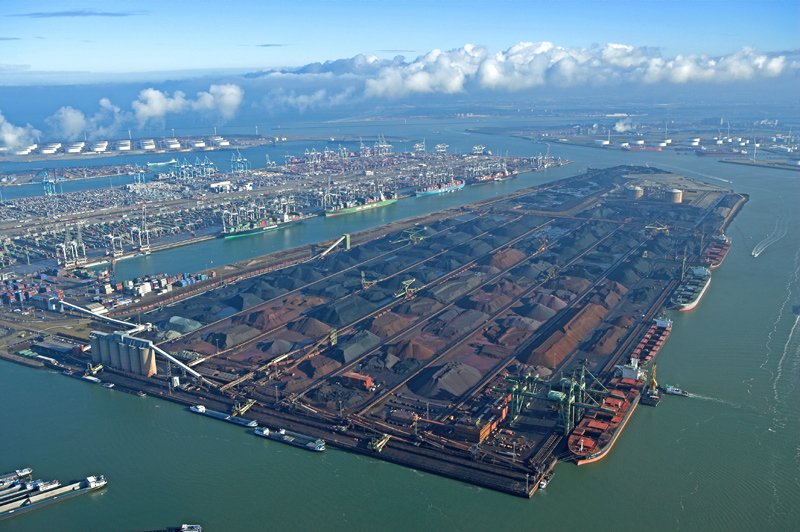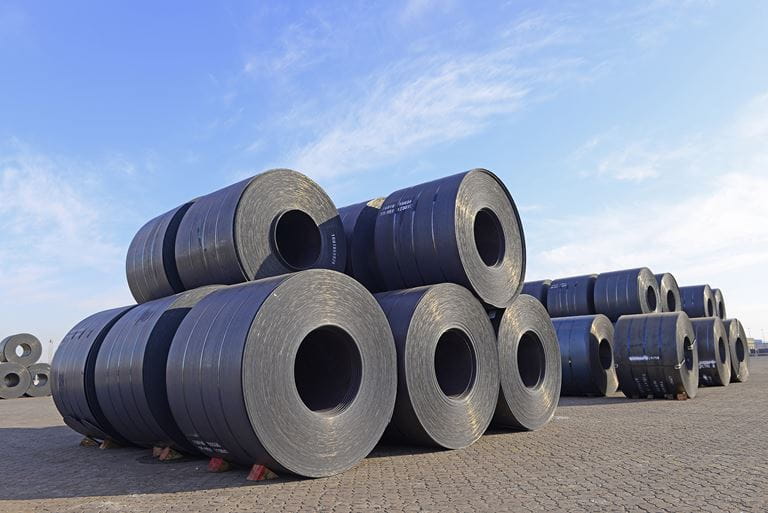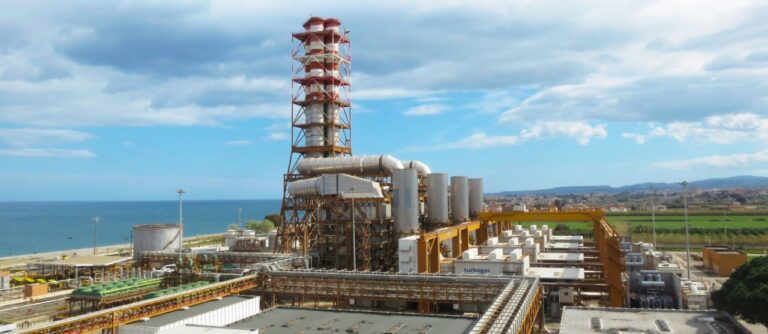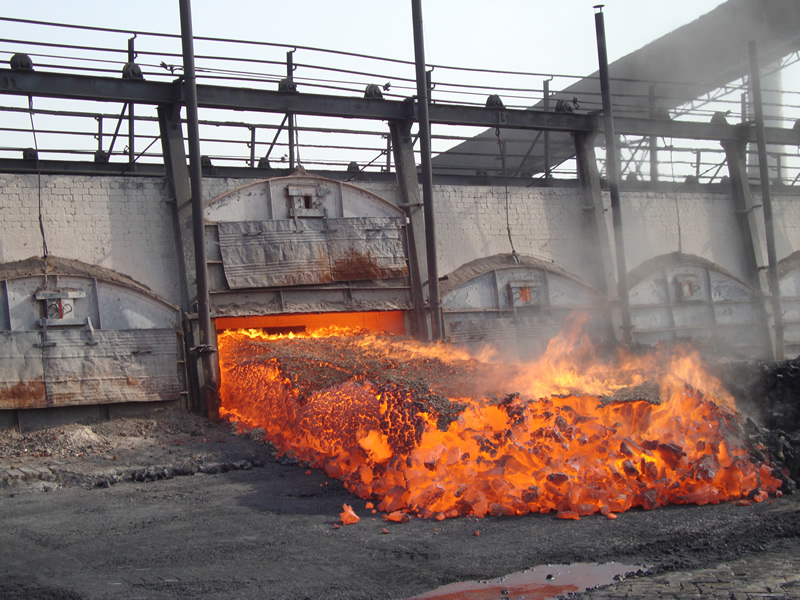The Northwest European LNG forward curve, which prices 11 months out, has risen steadily over the past month-and-a-half with values for most months pushing up to multimonth peaks.
Platts, part of S&P Global Commodity Insights, assessed the May DES Northwest Europe derivative at $8.630/MMBtu on April 8, with June at $8.632/MMBtu, July at $8.653/MMBtu, August at $8.703/MMBtu and September at $8.850/MMBtu.
This put May at the highest level since March 26, June at its highest since Jan. 31, July and August at their highest since March 15, and September at levels not seen since Jan. 12.
Through May to September, mostly covering the second and third quarters of 2024, traders previously cited a flat structure and saw little in the way of a demand catalyst to spark a significant increase in prices.
While Europe entered the injection season with record inventories, some market sources expected buying activity would be spread out throughout Q2 and Q3, making the curve look flattish as demand for injection was not seen concentrated only in Q3 as in previous years.
“People are more confident in winter supply for Europe,” said an LNG trader.
Other traders suggested that price support may be brewing in the prompt months into Q2 and Q3, largely on the back of expected price competition between Europe and Asia, which could push prices up along the curve as European buyers bid higher to attract cargoes away from Asia to replenish supply for summer restocking.
Down the curve
Sources were also still eyeing bullish signals from next winter, between Q4 2024 and Q1 2025, with uncertainty still looming as the current contango across the NWE forward curve has yet to widen significantly.
However, with the Asian JKM and European TTF forward curve contango beginning to widen, NWE LNG may start to see some support, a trend that might come into stronger contrast as European players begin to restock over the summer and compete with Asia for additional LNG volumes.
The bullish sentiment creeping in between Q2 and Q3 as players replenish their gas and LNG inventories before winter should provide further support in the coming months.
Further down the curve, Platts assessed the October DES Northwest Europe derivative at $8.630/MMBtu on April 8, with November at $8.632/MMBtu, December at $8.653/MMBtu, January 2025 at $8.703/MMBtu, February 2025 at $8.850/MMBtu and March 2025 at $10.106/MMBtu.
October was at the highest level seen since Jan. 31, while November, December and January 2025 were the highest since Jan. 5. February and March 2025 were at their highest since Feb. 2 and Feb. 6 respectively.
As a result of the highs throughout the curve, NWE Q3 2024 was at its highest since Jan. 12, and Q4 at its highest since Jan. 5.
“For 2024, we expect US gas balances to stay loose and prices to remain depressed until late in the year,” S&P Global Commodity Insights analysts said in a report. “Production is projected to decline through the second quarter before a price signal develops from rapidly rising LNG feedgas levels amid commissioning operations at several new LNG export trains.”
The report added that if supply surprises to the upside prior to the feedgas ramp, the market will increasingly rely on coal-to-gas switching to trim excessive storage surplus, like in the dynamics seen in 2023.
Source: S&P Global

